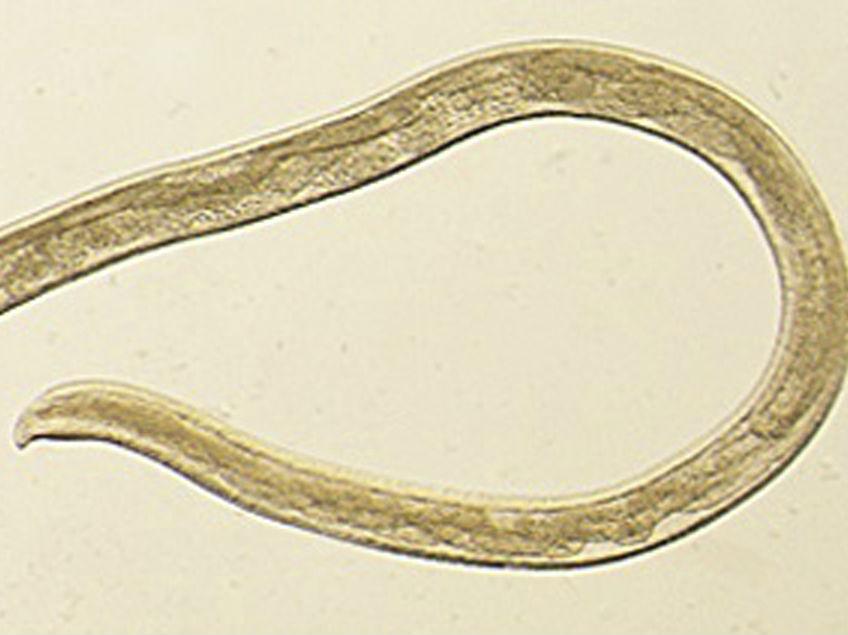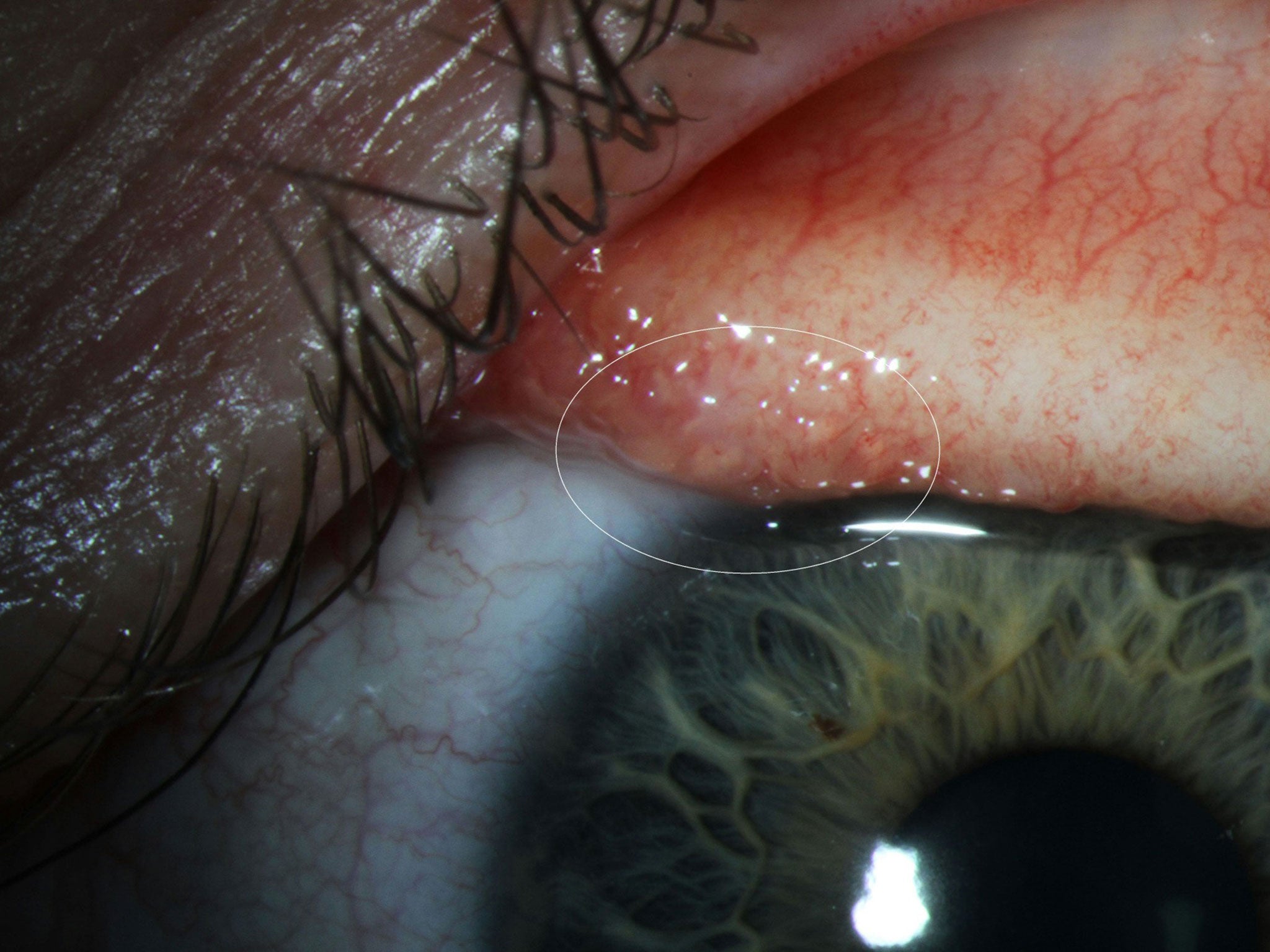Thelazia gulosa: US woman becomes first human infected with parasitic eye worm
Researchers say the woman likely caught parasite while horseback riding

A US woman has become the first person ever infected with a rare, tiny eye worm previously only found in cattle, according to a Centres for Disease Control (CDC) report.
Abby Beckley, a 26-year-old from Oregon, felt an itching sensation in her eye for more than a week before she pulled a half-inch (1.27 cm) long worm out of her own eyeball, researchers said.
Confused – and worried she might go blind – Ms Beckley went to a local doctor, who fished out two more worms. An ophthalmologist found three more.
Eventually Ms Beckley wound up at the CDC, where researchers identified the parasite as a member of the Thelazia family. Over the course of 20 days, Ms Beckley and her doctors pulled 14 of the worms out of her eye, according to a report published in the American Journal of Tropical Medicine and Hygiene.
"They weren't able to remove them all at once. They had to remove them as they became present and visible,” Richard Bradbury, a CDC researcher and lead author of a case report on the event, told CBS.
He added: "It's just really gross and very psychologically disturbing to see multiple small worms crawling across the surface of your eye.”
It was only months later that the researchers realised that the worm was a Thelazia gulosa – a type of parasite previously only found in cattle. The worm is spread by flies, which carry the larvae in their mouth parts and drop them into the fleshy part of the eye while feeding. From there, the worms subsist on the host’s eyeball lubrication.

The researchers believe Ms Beckley contracted the worm during the weeks she spent horseback riding in rural south Oregon. The event took place in 2016, but the researchers only published their report this week.
Other worms from this family have infected humans before, but are still extremely rare. Only 160 cases linked to the species have been reported in humans in Europe and Asia, and only 11 have been reported in the US, according to Mr Bradbury.

Eye worms usually cause irritation but no lasting damage. They can potentially cause corneal scarring and even blindness if left untreated.
Ms Beckley has experienced no new symptoms since the 14 worms were removed.
“If this does happen to anyone else, I want them to know this girl went through it, and she’s fine,” she told the Washington Post. “And not to freak out.”
Join our commenting forum
Join thought-provoking conversations, follow other Independent readers and see their replies
Comments